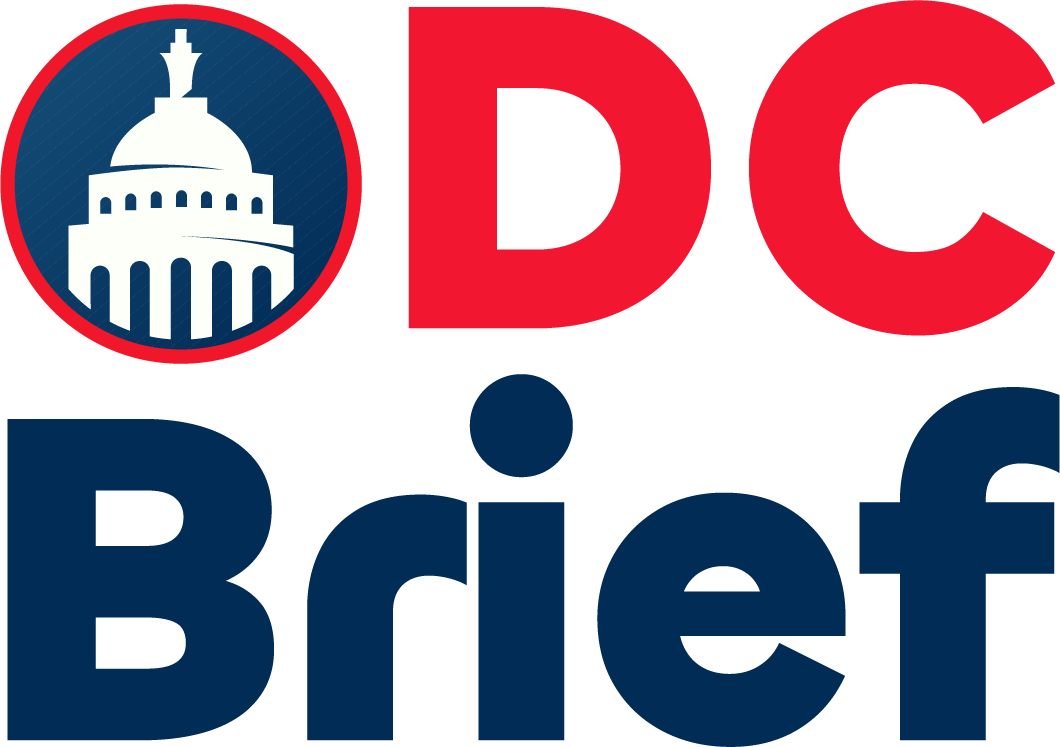Public health rehiring efforts have started across multiple federal agencies following cuts initiated by the Department of Government Efficiency (DOGE). The Department of Health and Human Services (HHS) now leads a large wave of reemployment.
In an April interview, HHS Secretary Robert F. Kennedy Jr. explained the move. “Some workers cut should not have been let go,” he told CBS News. “We’re bringing them back. That was always part of the plan.”
He further explained that 80% of workforce reductions were permanent. However, HHS expected to reinstate around 20% due to inevitable errors. The division seeing the largest number of returns is the National Center for HIV, Viral Hepatitis, STD, and TB Prevention (NCHHSTP). This unit will welcome back 214 employees, the highest among all affected HHS branches.
The second-largest group returning is from the National Center for Environmental Health (NCEH), which will reinstate 158 employees. This includes staff from the Division of Environmental Health Science and Practice, which was previously shut down entirely. Next, the Immediate Office of the Director (IOD) will rehire 71 staff members. Finally, the Global Health Center will bring back 24 former employees.
While HHS leads in numbers, it is not acting alone. Other agencies also began public health rehiring programs. The Internal Revenue Service, FDA, State Department, and Department of Housing and Urban Development all announced similar reinstatements.
These moves follow criticism that DOGE’s initial cuts went too far, removing key personnel from mission-critical roles. Agencies now aim to recover capacity without reversing broader reform goals.
HHS spokesperson Andrew Nixon commented on the developments. “We’re streamlining operations, not gutting public health infrastructure,” he said. “We still protect coal miners, support firefighters, and track deadly diseases.”
Nixon stressed that Secretary Kennedy remains focused on strengthening services. “The health and well-being of all Americans still guide our actions,” he stated. This new phase of hiring reflects the government’s effort to strike a balance. It attempts to follow efficiency goals while also fixing strategic missteps. The administration says it will continue evaluating reinstatements as needed.
Clearly, the public health rehiring initiative marks a course correction. As agencies rebuild capacity, they hope to keep reforms intact while restoring vital services. With so many positions returning, public health rehiring is becoming a significant part of federal workforce management.
For more political updates, visit DC Brief.


